(CNN)You’ve heard of men on the moon — but what about moss piglets?
Source: https://www.cnn.com/2019/08/07/world/water-bear-space-intl-scli-scn/index.html

(CNN)You’ve heard of men on the moon — but what about moss piglets?
Source: https://www.cnn.com/2019/08/07/world/water-bear-space-intl-scli-scn/index.html
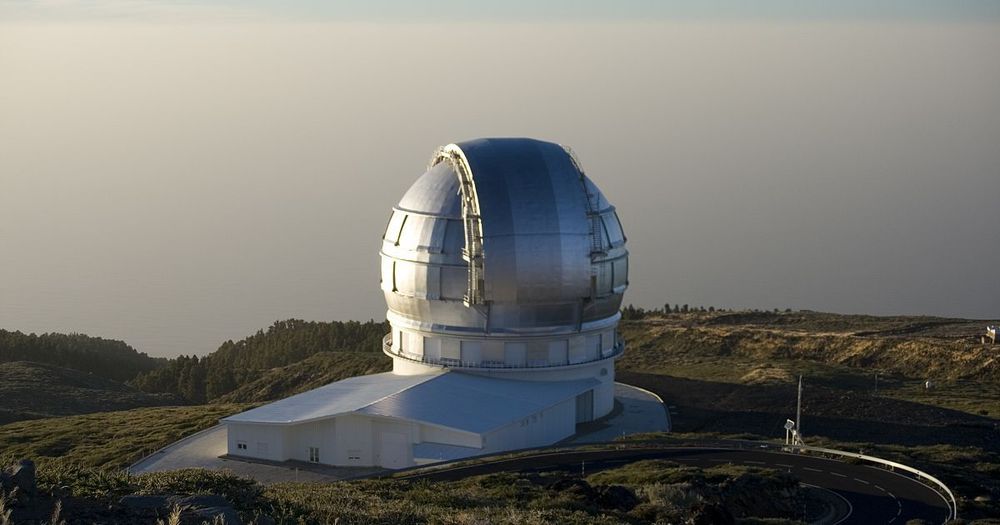
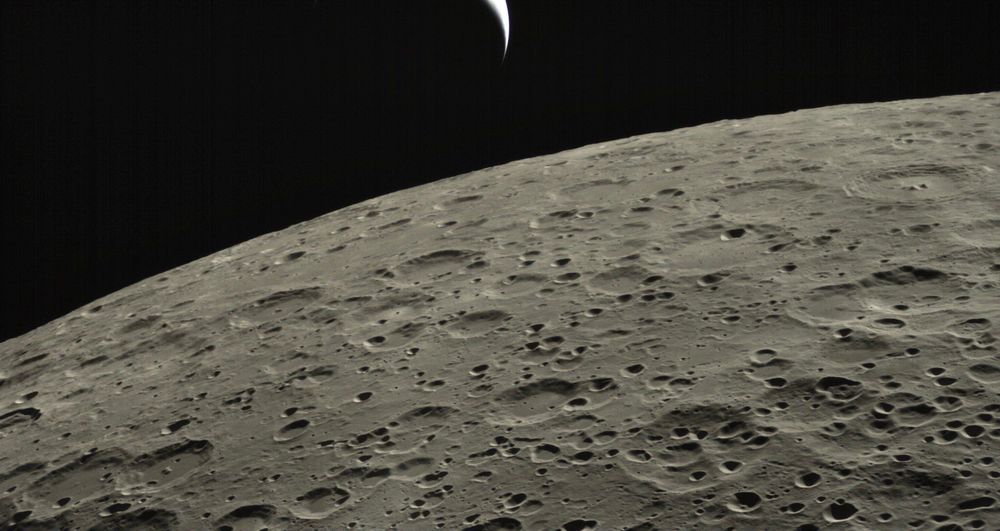
Don’t worry, this was a planned end for a tiny satellite that has been a huge success.
At 14:08 UTC on 31 July, Longjiang-2, also known as DSLWP-B, passed behind the Moon for the last time. Half an hour later, with an absence of new signals to indicate a reappearance, it was clear that the Moon had lost an orbiter and gained a new crater on its far side. According to a prediction by Daniel Estévez, the 50-centimeter-tall, 47-kilogram DSLWP-B satellite impacted at 14:20 UTC.
Not to worry—this was a planned measure to prevent potential collisions or debris for future missions. A maneuver performed 24 January lowered the periapsis of the satellite’s lunar orbit by about 500 kilometers, with orbital perturbations over time seeing the satellite impacting the Moon Wednesday after 432 days in lunar orbit.
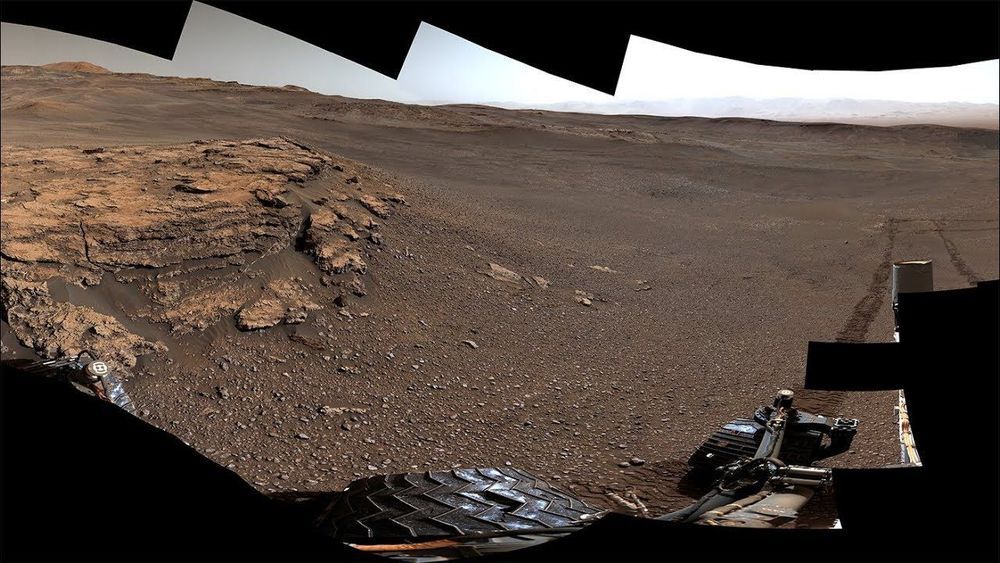
Seven years. 13 miles. 22 samples. NASA’s Curiosity Mars Rover has come a long way since touching down on the Red Planet seven years ago. See for yourself: https://www.nasa.gov/feature/jpl/new-finds-for-mars-rover-seven-years-after-landing
NASA’s Curiosity rover has come a long way since touching down on Mars seven years ago. It has traveled a total of 13 miles (21 kilometers) and ascended 1,207 feet (368 meters) to its current location. Along the way, Curiosity discovered Mars had the conditions to support microbial life in the ancient past, among other things.
And the rover is far from done, having just drilled its 22nd sample from the Martian surface. It has a few more years before its nuclear power system degrades enough to significantly limit operations. After that, careful budgeting of its power will allow the rover to keep studying the Red Planet.
Curiosity is now halfway through a region scientists call the “clay-bearing unit” on the side of Mount Sharp, inside of Gale Crater. Billions of years ago, there were streams and lakes within the crater. Water altered the sediment deposited within the lakes, leaving behind lots of clay minerals in the region. That clay signal was first detected from space by NASA’s Mars Reconnaissance Orbiter (MRO) a few years before Curiosity launched.
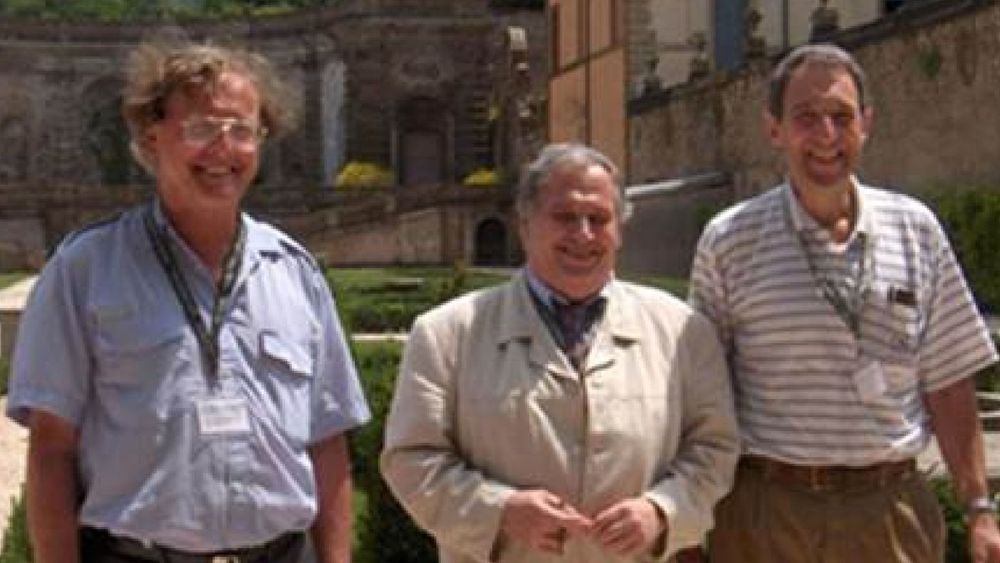
Physicists Sergio Ferrara, Dan Freedman, and Peter van Nieuwenhuizen will split a $3 million Breakthrough Prize for their theory of supergravity, which drives much of today’s physics research toward our understanding of the universe.
The Breakthrough Prize is an annual award to recognize groundbreaking science, funded by Russian-Israeli billionaire Yuri Milner. Though Breakthrough Prizes are awarded annually, “special” Breakthrough Prizes can be awarded any time and need not honor recent work. In fact, the researchers behind today’s award thought they’d missed the chance to win it.
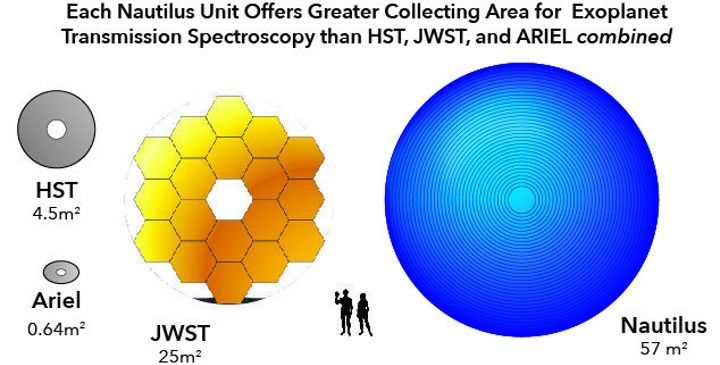
University of Arizona Project Nautilus aims to create a space telescope that can survey transiting exo-earths for biosignatures 1000 light years away.
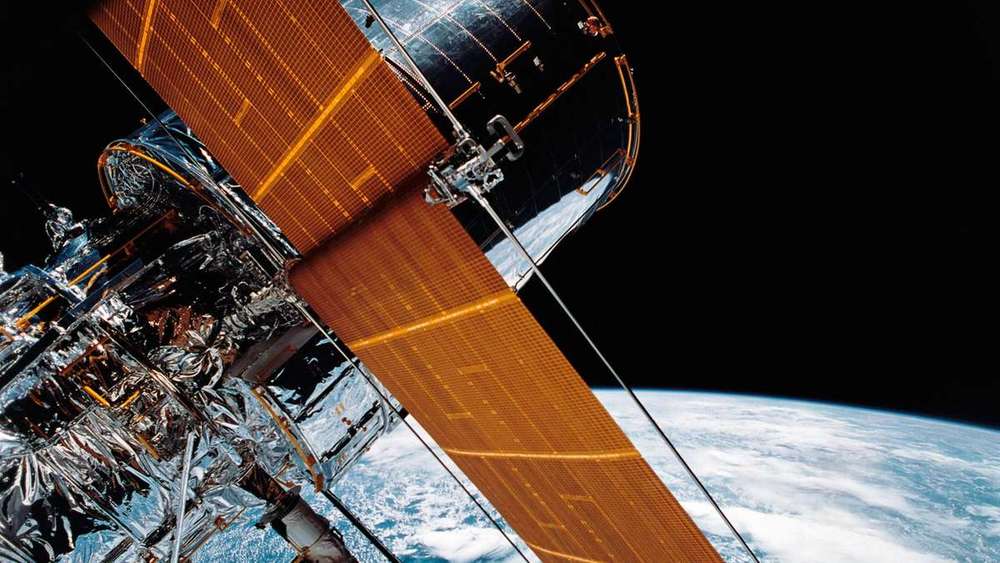
It’s a riddle of cosmic proportions: how can the universe contain stars older than itself?
That’s the conundrum now facing astronomers trying to establish the age of the universe – and its resolution could spark a scientific revolution.
At an international conference held in California last month, there was hope a resolution might be found. Instead, the latest findings only confirmed suspicions there is something fundamentally wrong with current ideas of how the universe works.
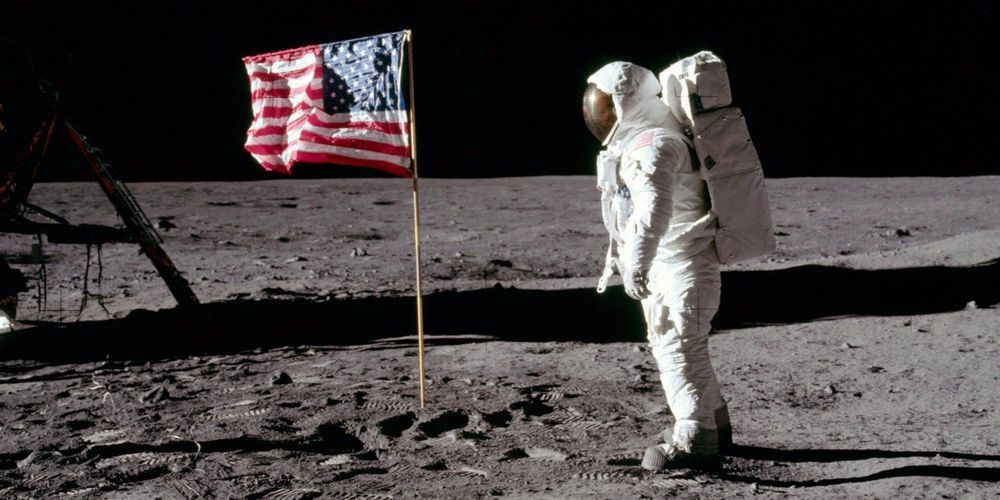
The photos have stood the test of time: A spacesuit-clad Apollo astronaut stands proudly next to a red-white-and-blue American flag on the moon, his national trophy saying: “The United States was here.”
Unfortunately, the six flags planted on the lunar surface from 1969 through 1972 haven’t fared so well.
Images taken by NASA’s Lunar Reconnaissance Orbiter in 2012 showed that at least five out six flags were still standing. However, scientists think decades’ worth of brilliant sunlight have bleached away their emblematic colors.
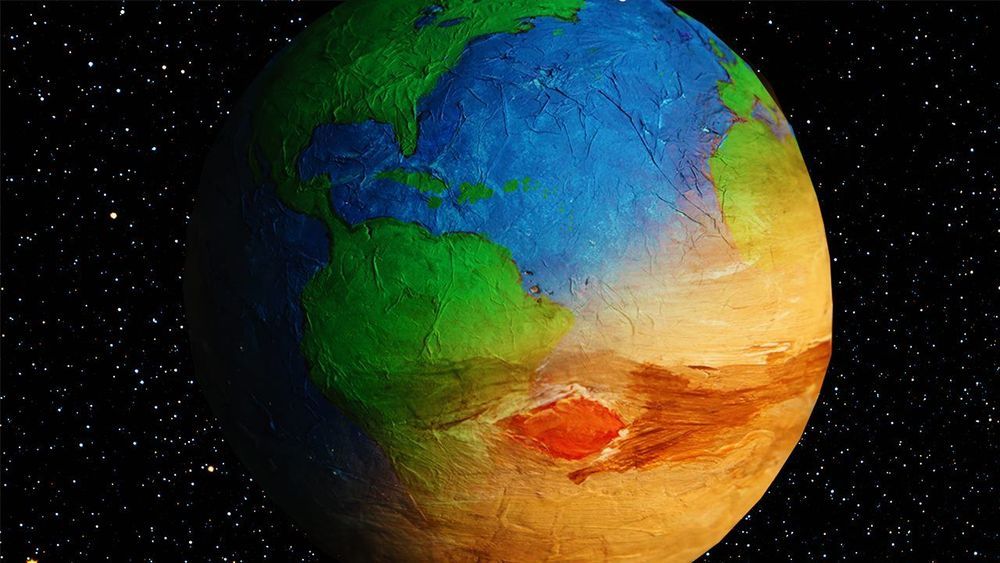
Is Jupiter the reason for life on Earth?
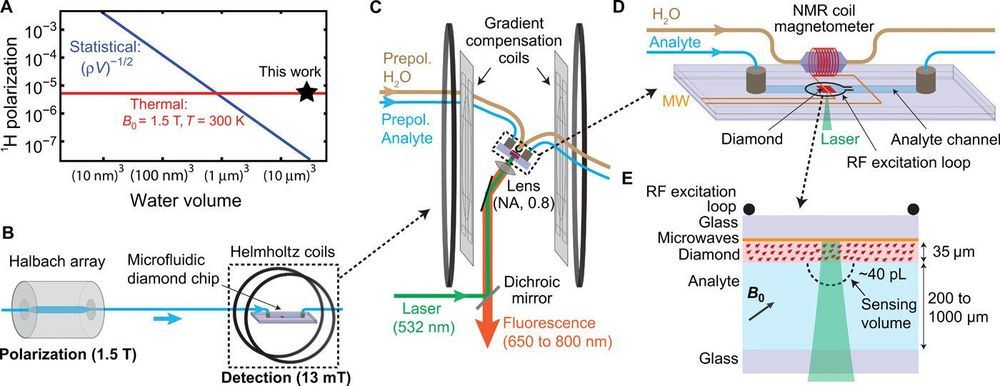
Quantum sensors based on nitrogen-vacancy (NV) centers in diamond are a promising detection mode for nuclear magnetic resonance spectroscopy due to their micron-scale detection volume and noninductive-based sample detection requirements. A challenge that exists is to sufficiently realize high spectral resolution coupled with concentration sensitivity for multidimensional NMR analysis of picolitre sample volumes. In a new report now on Science Advances, Janis Smits and an interdisciplinary research team in the departments of High Technology Materials, Physics and Astronomy in the U.S. and Latvia addressed the challenge by spatially separating the polarization and detection phases of the experiment in a microfluidic platform.
They realized a spectral resolution of 0.65±0.05 Hz, an order-of-magnitude improvement compared with previous diamond NMR studies. Using the platform, they performed 2-D correlation spectroscopy of liquid analytes with an effective detection volume of ~40 picoliters. The research team used diamond quantum sensors as in-line microfluidic NMR detectors in a major step forward for applications in mass-limited chemical analysis and single-cell biology.
Nuclear magnetic resonance (NMR) spectroscopy is a powerful and well-established technique for compositional, structural and functional analysis in a variety of scientific disciplines. In conventional NMR spectrometry the signal-to-noise ratio (SNR) is strongly dependent on the external field strength (B0). As the spectral resolution increased, the B0 increased as well, motivating the development of increasingly large and expensive superconducting magnets for improved resolution and SNR, resulting in a two-fold increase in field strength within the past 25 years.